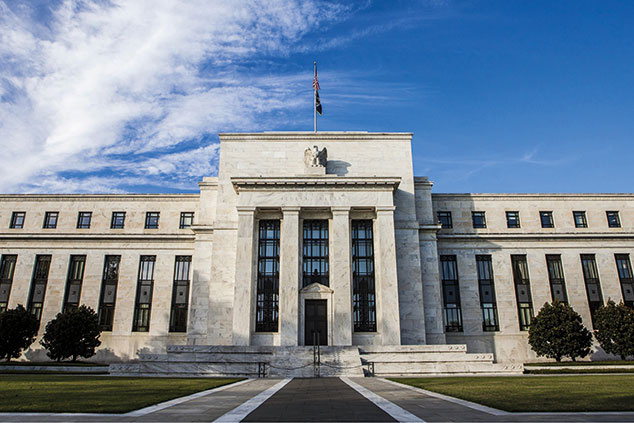
Of these two factors, the US Federal Reserve is far more important than President Trump’s deal with Mexico, which many analysts reckon he had secured before he threatened the tariffs in any case. Last week the chairman of the central bank, Jerome Powell, hinted that he was more inclined to cut interest rates than he had previously been. The threat of a trade war endures and weaker recent US economic data was underscored by an unexpectedly poor payrolls report. Employment increased by a mere 75,000 in May. Economists had pencilled in a rise of 185,000.
Investors are now counting on a rate cut to bolster economic growth; liquidity also tends to find its way into asset markets, portending a further boost. But in their “joy over the prospect of Fed easing”, says Justin Lahart in The Wall Street Journal, investors seem to have forgotten that cuts occur “because something bad is happening”. While easier money can engineer a soft landing for the economy, as in 1995, the start of rate-cutting cycles in January 2001 and September 2007 was followed by recessions. Cuts often come too late to temper a downturn.
Too early rather than too late?
This time round, the Fed may be too early. As Gillian Tett points out in the Financial Times, US consumers, who account for two-thirds of GDP, feel more confident about the economic outlook than at any point since 2000. “That is not easy to square with rate cuts”.
Neither are “robust” household spending, unemployment at 50-year lows, and wages growing by 3.1% year-on-year. Tariffs resulting from a trade war, meanwhile, would tend to push up costs and inflation. So the Fed could well end up causing a jump in inflation, which it would then have to quell with rapid rate hikes – a very nasty prospect for liquidity-addicted and overvalued stocks following a ten-year rally.
Serial bubble-blowing
The broader problem here is the way the Fed since the 1980s has developed the habit of rushing in at the first sign of potential trouble, thus placating nervous investors rather than allowing the business cycle to operate properly. There has been a series of bubbles, with downswings tempered or put off by low interest rates or printed money. It’s a case of “not allowing small forest fires to clear out undergrowth”, says John Mauldin in Thoughts from the Frontline. “Eventually you get one very large fire.” Serial bubble-blowing has left the US and world economies with record debts and extremely vulnerable to another crisis. Yet with vast sums of money already printed and rates at record lows, there is nothing to fight it with.